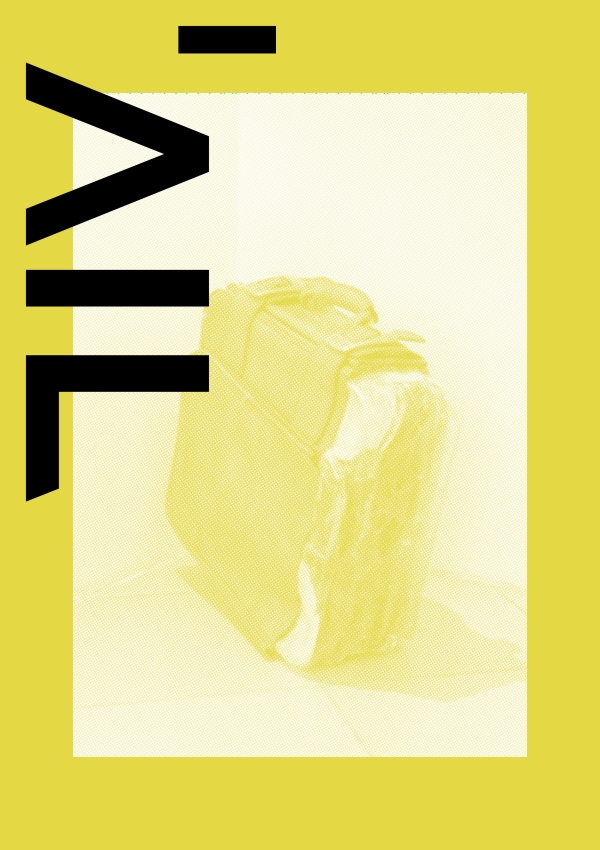Angewandte Interdisciplinary LabRamiro Wong is alumni of the department of TransArts and will work at AIL from 28 Mar till 25 Apr 2025. Ramiro
opens his temporary studio and shares insights into the work progress.
Ramiro
Wong’s artistic approach is interested in translation, representation and the politics of invisibilisation as an integral
part and narrative of installations and performances. Both in its temporal iteration and in its object-based effects, Wong’s
work is not intended to illustrate circumstances but to stimulate actions that lead to a conversation in which participants
witness each other’s experiences.
During the course of the AIL Artists in Residency Program, Wong will explore
the themes of survival and resilience through Sonnet: An Installation in 14 Parts. He will begin by researching
the Peruvian Internal Armed Conflict (1980—2000) and gathering materials such as repurposed lead-acid car batteries to power
lighting installations.
Experimentation will follow, as Wong tests different light sources and soundscapes,
constructing small-scale models and refining the technical aspects of the work. As the residency progresses, he will assemble
the final installation, integrating 14 pieces that narrate moments of endurance in broken systems. Through adjustments and
feedback, the project will take its final shape, inviting dialogue on the intersections of history and contemporary struggles.
The time at AIL will mark a crucial phase in the development of Sonnet, preparing it for future exhibitions
and expanded iterations.
Ramiro Wong (born in Lima, Peru in 1987) is a transdisciplinary and research-based
artist. His work addresses political and socio-cultural questions of identity construction. Local narratives and individual
experiences serve as the starting point for what he calls dynamics of displacement: a process in which identity is formed,
understood and deconstructed in different historical and geographical contexts. Wong’s current work explores how these processes
have been sustained by seemingly innocuous habits of consumption, reproduction and rebranding over the course of a 500-year-old
tradition that the artist calls Aesthetics of Othering.




